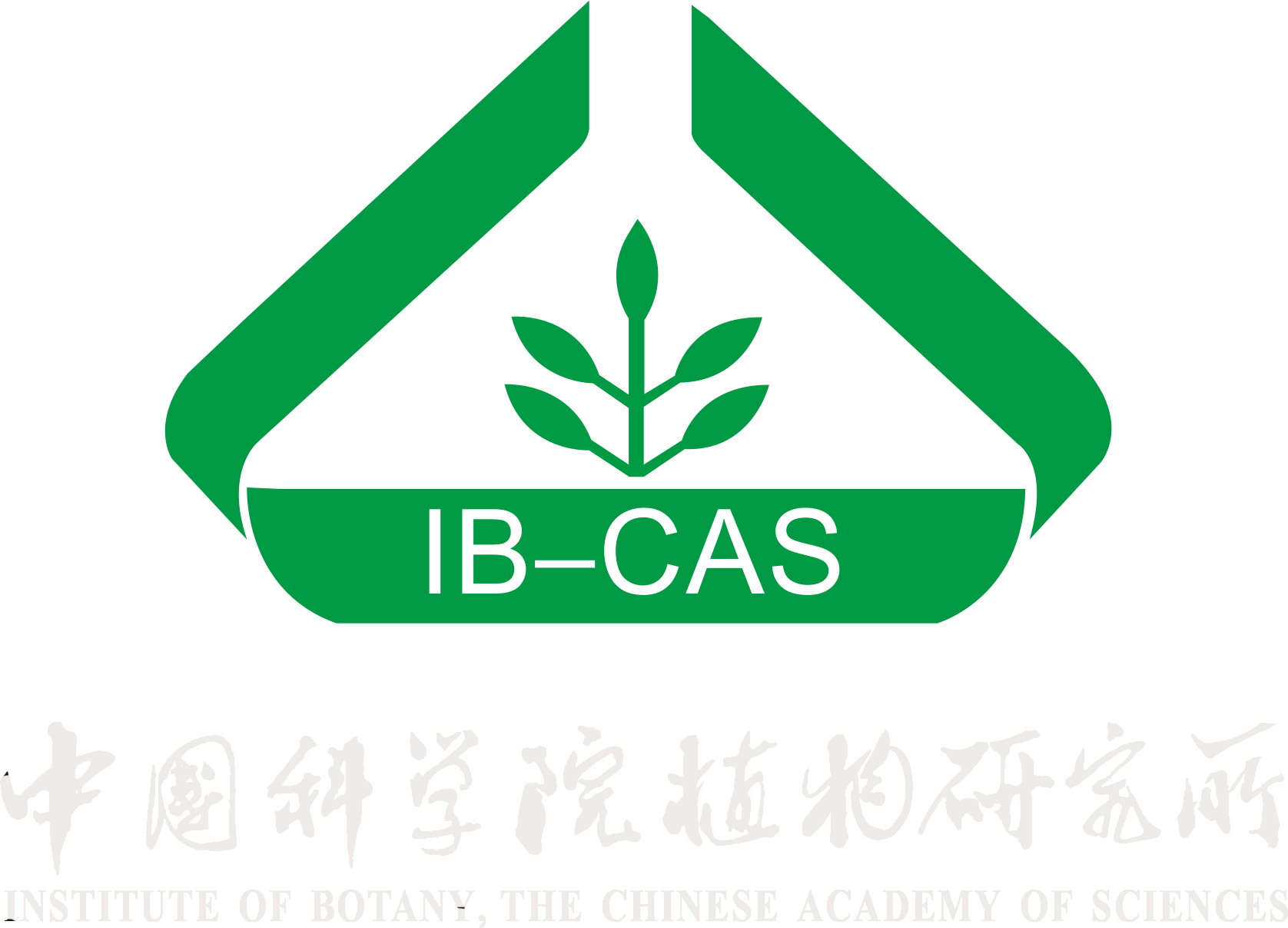2025
Significant impact of UV exposure on litter decomposition across diverse climate zones
Litter decomposition is a critical biogeochemical process for carbon and nutrient cycling in terrestrial ecosystems. Ultraviolet (UV) radiation has been recognized to accelerate litter-derived C release in arid and semi-arid ecosystems; yet its spatial controls on determining the regional pattern of litter decomposition are poorly explored. Moreover, the limited understanding of how UV radiation interacts with traditional decomposition drivers, such as climate and litter quality, significantly restricts our ability to accurately quantify the contribution of UV-driven photodegradation to large-scale carbon turnover. In this study, we established a coordinated, distributed UV-manipulation network, spanning 3500-km and covering four grassland ecosystem types, to assess the impact of UV radiation on litter decomposition across gradients of aridity, UV dose, and litter lignin/N ratio. With a modified modeling approach, we further quantified the contribution of UV radiation to litter layer decomposition across temperate grasslands in China. After more than three years in the field, we found that UV attenuation reduced litter mass loss across climatic gradients. The UV-induced facilitation effect primarily occurs in the latter stages of decomposition. The strength of photochemical degradation increased with higher cumulative UV dose, amplified by environmental aridity and litter lignin/N ratio. Across Chinese temperate grasslands, UV exposure shortens mean residence time (MRT) of litter layer by 0.40 years, representing a 16.85% reduction. Hotspots, where UV reduces MRT by over a year, are primarily located in arid and high-altitude grasslands. The sensitivity analysis indicates that the vulnerability of grassland litter decomposition to UV fluctuations intensifies as environmental aridity increases. These findings reveal the pervasiveness of UV-driven litter photodegradation across diverse grasslands and provide a comprehensive framework to improve the predictability of litter-originated C turnover in dryland ecosystems, enabling more constrained projections of terrestrial carbon-climate feedbacks in the context of global UV fluctuations and aridification.


